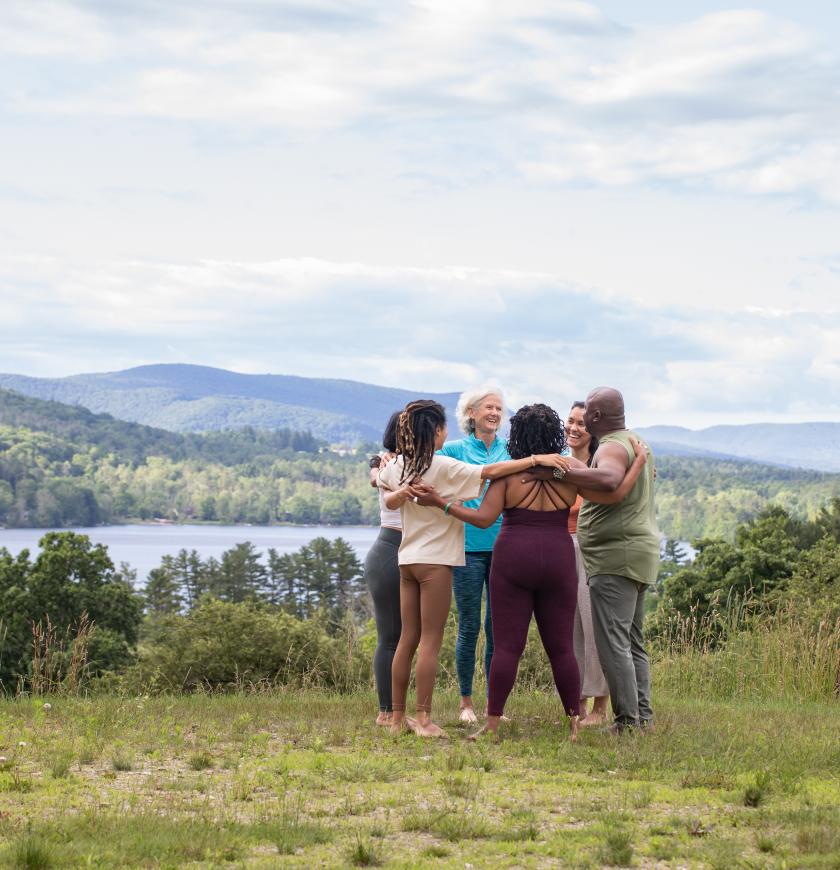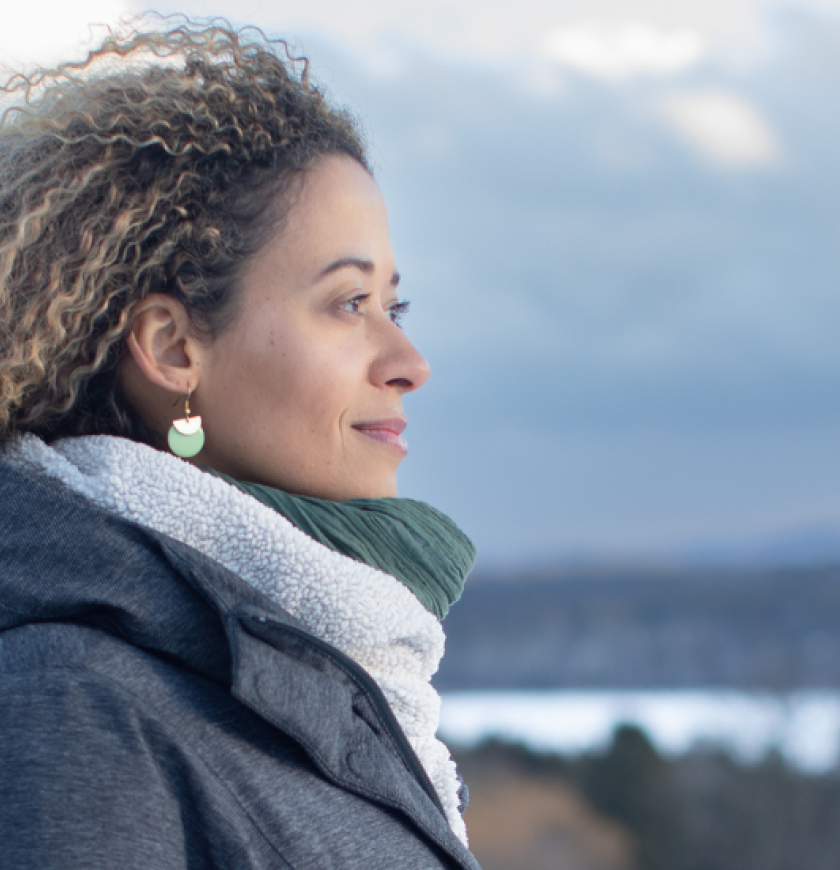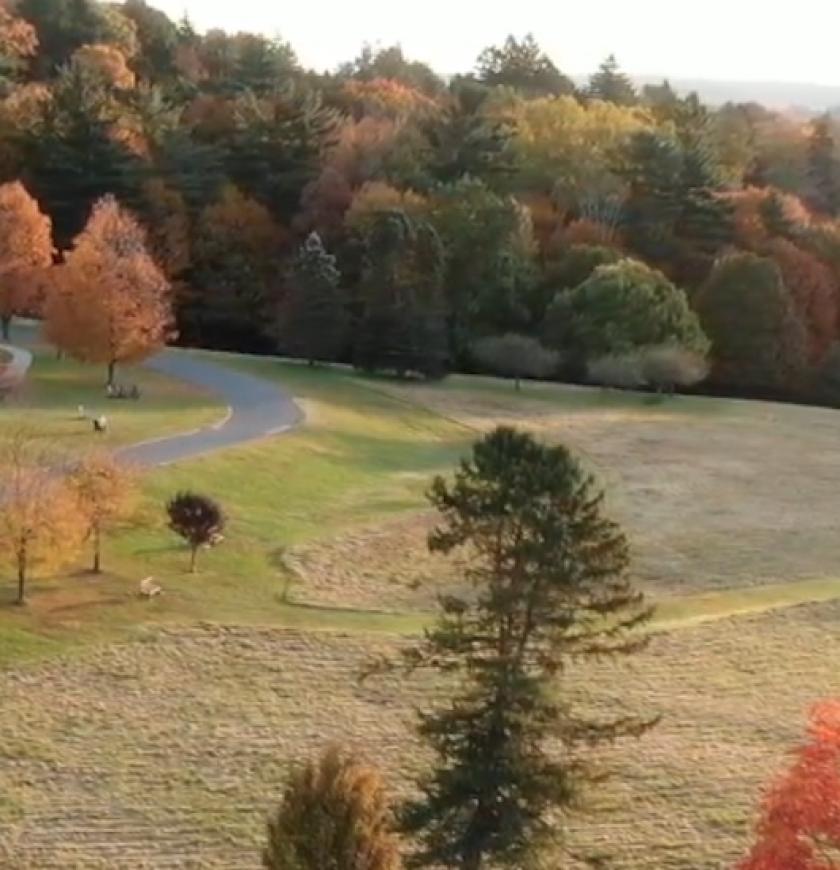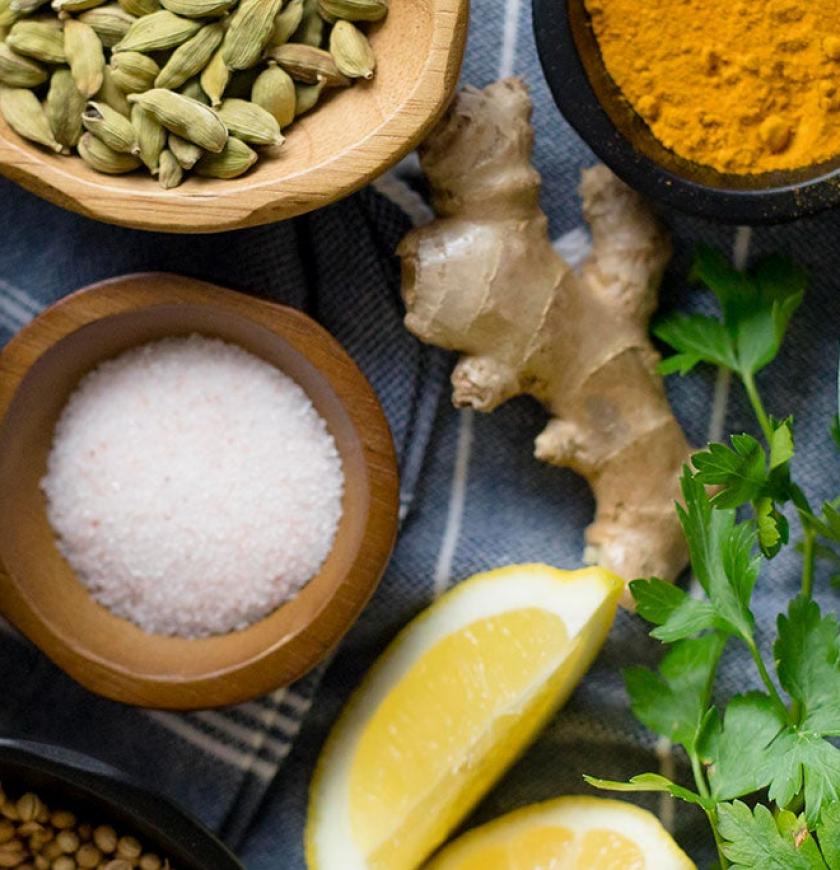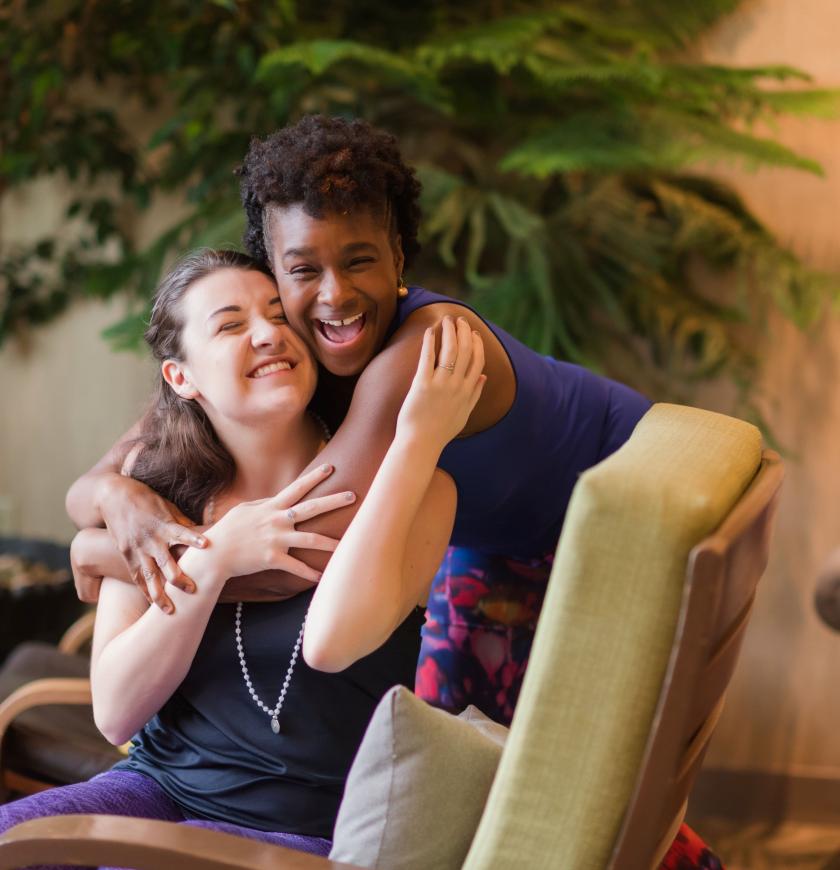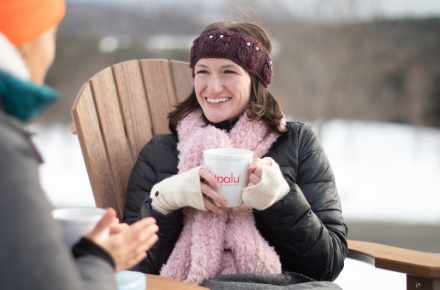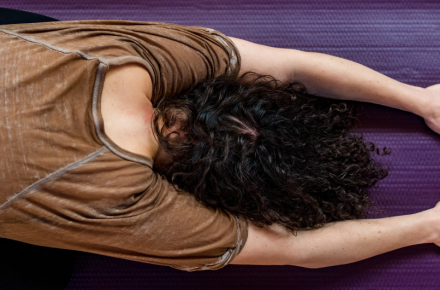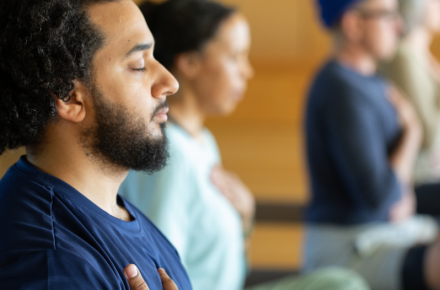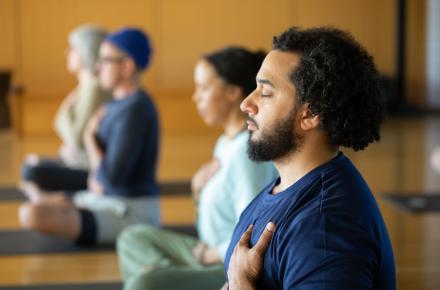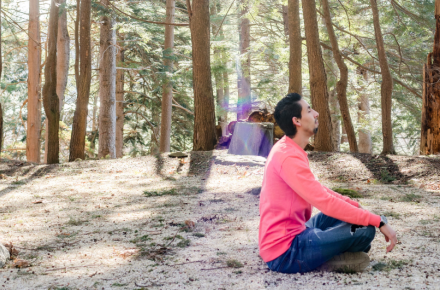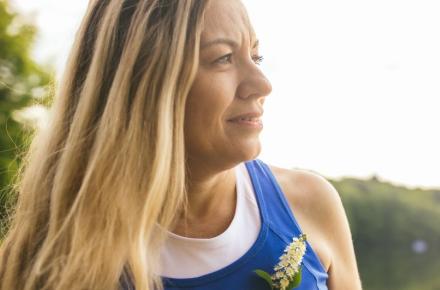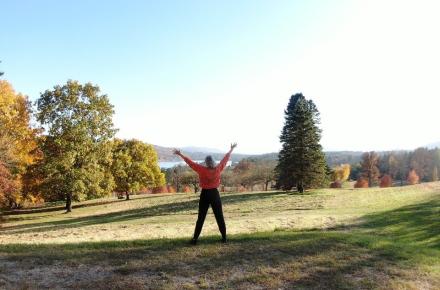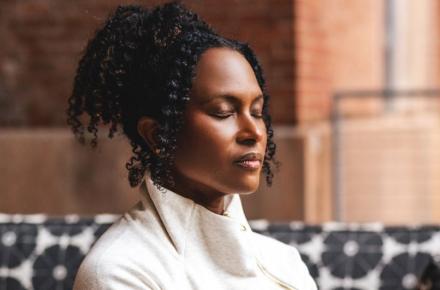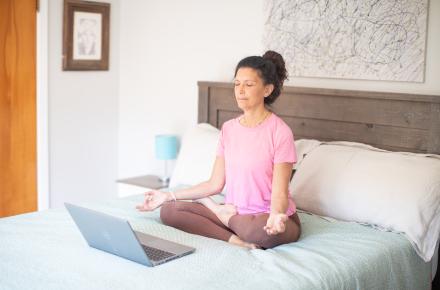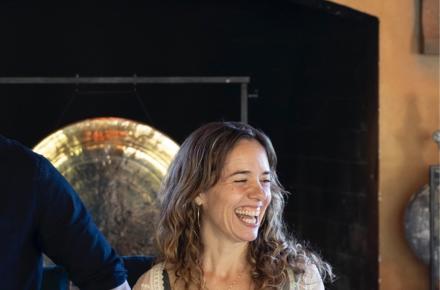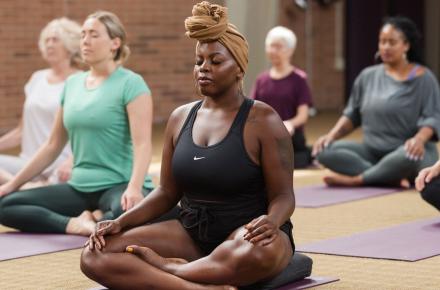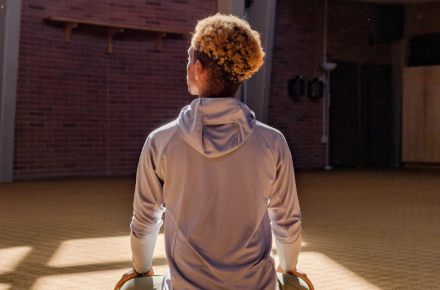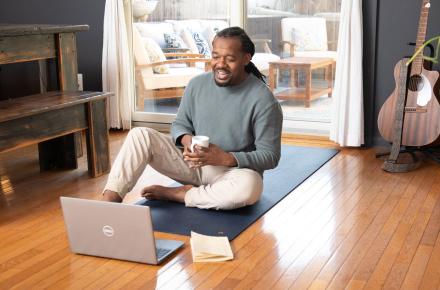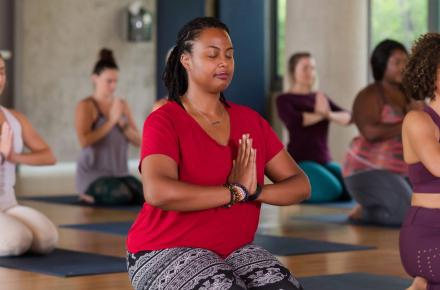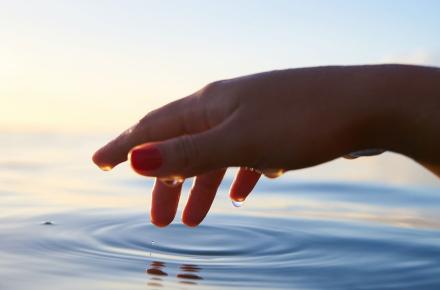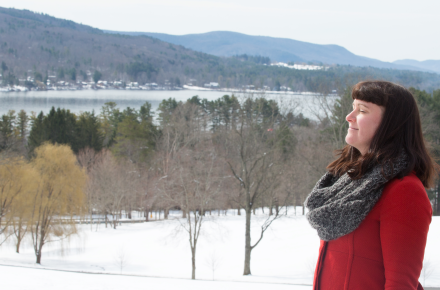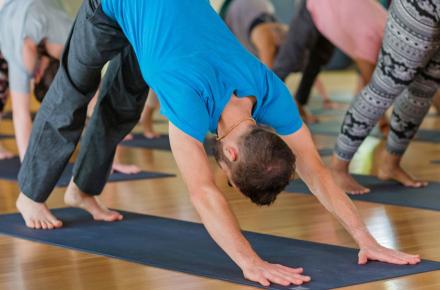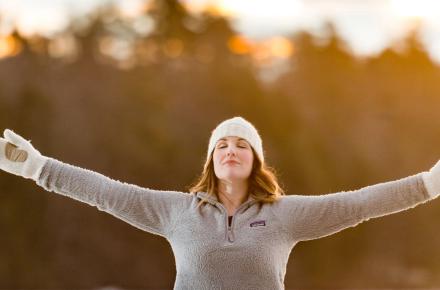The Magic of Ayurvedic Bodywork


As the door opened and my client walked out of the treatment room, I couldn’t help wondering if I was outside the right room. Was this the same person? She looked so different. The lines of worry and stress on her face had disappeared. Her dry and depleted skin was plump and nourished. A deeper peace had settled into her body. Her very cells seemed to have relaxed.
This happens often after giving an Ayurvedic bodywork session. People seem transformed. There is something so special about these treatments, something that goes beyond the specific components of the bodywork itself. The sum really is greater than its parts—and yet the parts are significant in and of themselves.
Oil Is Love
One of the main components of Ayurvedic bodywork is oil; in fact, the oil in Ayurvedic bodywork is a critical aspect of the treatment. As stated in the Charaka Samhita, an ancient Ayurvedic text, “… by the massage of oil the human body becomes strong and smooth-skinned; it is not susceptible to diseases due to vata; it is resistant to exhaustions and exertions.”
In a typical Swedish massage, the oil is used to reduce friction, to allow the massage therapist access to muscles and tissues of the body in a way that will be more comfortable for the client and the therapist. In Ayurvedic bodywork, the oil is plentiful and is as important as the actual massage itself. The oil is more than just a base oil like grapeseed or sesame; it’s a form of medicated oil made with herbs, which are traditionally cooked into the oil in a process that happens over many days. We get the benefit of both the oil and the herbs as they feed the skin and the tissues of the body. The oil application, in and of itself, is therapy.
One of the words for oil in Sanskrit (the ancient language Ayurveda comes from) is sneha, and another translation for sneha is love. Oil and love have many of the same qualities; love is warm and juicy, if you will, and an oil massage enhances these qualities. Massage has been shown to increase levels of oxytocin, known as “the love hormone.” If we add to this the idea from Ayurveda of oil being love as well, than massaging with oil to me enhances the love quotient—and who couldn’t use more love in their life?
The Healing Power of Touch
The skin is our largest sense organ and our largest organ overall. It develops embryonically from the same tissue as our nervous system and brain. There are more than a thousand nerve endings in just one square inch of skin. “The sense of touch alone pervades all the senses. It is permanently associated with the mind,” the Charaka states.
By massaging the skin, we can directly impact the nervous system and mind—reducing stress, bringing serenity, and increasing stability.
The rhythmic and choreographed nature of Ayurvedic bodywork is soothing to the body and mind, as when we rock a baby to sleep. The choreography allows the mind to know what to expect so it doesn’t have to keep track, trying to figure out what’s going to happen next. It begins to learn that the same thing is going to happen, so it can relax at a deeper level, let go, and gain a sense of rest that it doesn’t normally experience.
All of this combined—the oil, the rhythm, and the choreography—deeply nourish and allow the body and mind to unwind in a way that modern life doesn’t often provide room for. The result is increased well-being is so many aspects of life and health. Ayurvedic texts teach that oil massage wards off old age, bestows good vision, provides nourishment to the body, increases life span, and improves sleep.
So, yes, that client I had was the same person—and yet she wasn’t. She was transformed by the magic that is Ayurvedic massage.
Find out about upcoming programs on Ayurvedic bodywork at Kripalu.
© Kripalu Center for Yoga & Health. All rights reserved. To request permission to reprint, please email editor@kripalu.org.
